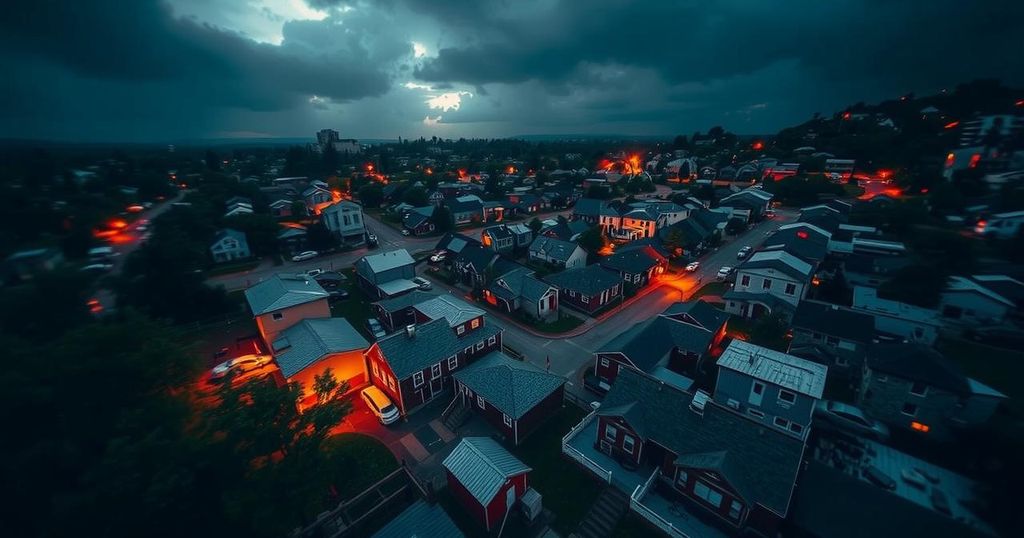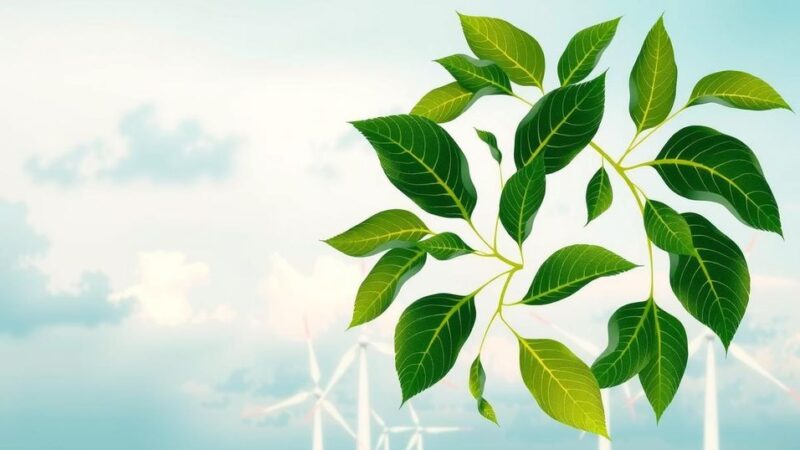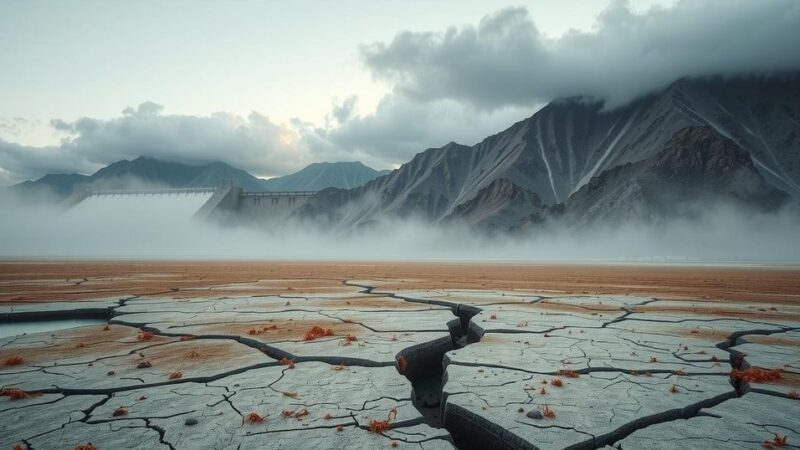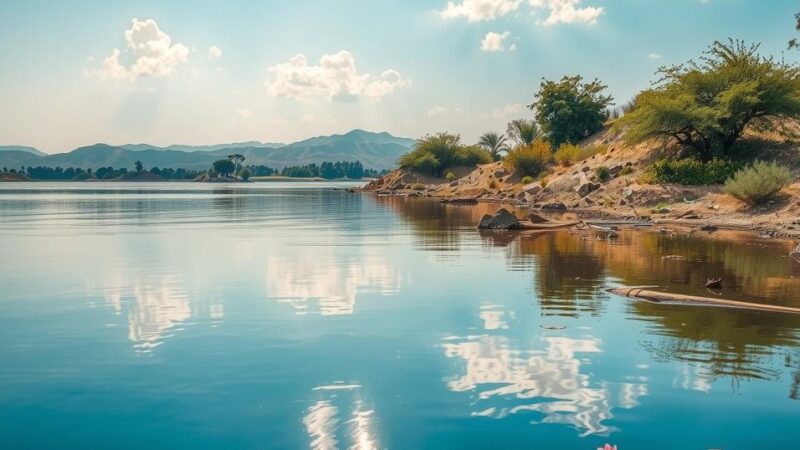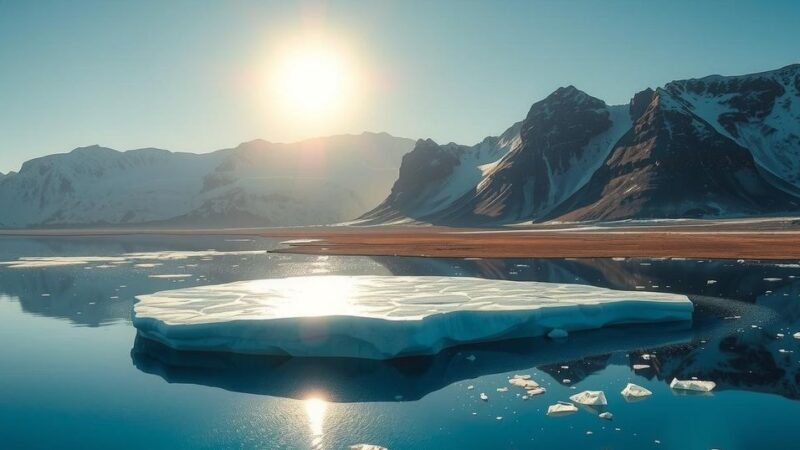The article discusses the devastating effects of climate change on impoverished farmers and fisherfolk in Southeast Asia, emphasizing increased severity of monsoon seasons, extreme weather patterns influenced by phenomena like the Indian Ocean Dipole and El Niño, and the subsequent impact on food security and public health. It highlights historical insights into climate science, recent catastrophic events, and the international community’s efforts to address these challenges and advocate for climate action.
This year’s monsoon season has been particularly severe, concluding a prolonged drought across South and mainland Southeast Asia. The increasing intensity of heat and rainfall can be attributed to climate change and the atmospheric overload of energy due to human pollution. The primary victims of these extreme weather conditions are the farmers and fisherfolk who rely on river systems and oceans for their livelihoods. These groups are often among the poorest societal segments, enduring a daily struggle to survive amid numerous challenges such as illegal fishing practices, electric nets, trawling, upstream dams, and overfishing, all of which further diminish their harvests. As climate change escalates, families are uprooted in search of improved living conditions. Historically, climate change was only a theoretical concept but has evolved into a tangible reality with significant global implications since its early acknowledgment by scientists like Svante Arrhenius and Guy Callendar. As scientific understanding progresses, the ability to predict weather patterns has also improved, identifying the Indian Ocean Dipole and El Niño as key contributors to climate dynamics. The Indian Ocean Dipole is characterized by anomalies in sea surface temperatures that affect rainfall patterns, leading to drought in some regions and flooding in others. Notably, the prevailing global warming phenomenon has intensified these oscillations, with predictions indicating that the frequency of extreme events will increase this century. The El Niño phenomenon impacts weather from the Americas to Japan and along Australia’s eastern coastline, necessitating profound reassessments of housing, diet, and protective measures against extreme weather. Recent incidents like Typhoon Yagi, Hurricane Helene, and Hurricane Milton showcase the devastating impact of climate change, which has caused significant loss of life and infrastructure, particularly in vulnerable regions of Southeast Asia. Reports indicate immense fatalities, with Typhoon Yagi alone claiming hundreds of lives in Myanmar and Vietnam while leaving millions without essential services. Furthermore, the rising frequency of such destructive storms results in floods, land erosion, and destruction of agricultural and fishing resources vital to the impoverished communities. An alarming consequence of climate change is heightened mortality rates due to drowning among children, stemming from their families lacking financial means for swimming education. This issue is compounded by greenhouse gas emissions that catalyze global temperature rises, disrupt natural seasonal patterns, induce crop failures, cause ocean acidification, and incite water shortages and wildfires. Moreover, the Southeast Asian haze phenomenon, initially driven by traditional agricultural practices, has escalated into a severe environmental crisis, creating toxic smog and affecting air quality, which leads to increased health problems and school closures among other societal disruptions. In response to these multi-faceted crises, global leaders convened at COP 28 in Dubai, pledging investments to expedite the transition towards environmentally sustainable energy by 2030. Pope Francis, advocating for urgent action regarding climate change, has urged individuals to embrace lifestyle changes that favor environmental conservation and social equity. He emphasizes that understanding the health of our planet is crucial, stating, “If we took the planet’s temperature, it will tell us that the Earth has a fever. And it is sick.”
The article examines the severe impacts of climate change, particularly how extreme weather patterns devastate economically vulnerable populations such as farmers and fisherfolk in South and mainland Southeast Asia. It highlights historical perspectives on climate change, its growing recognition as a crucial global issue, and the role of specific weather phenomena like the Indian Ocean Dipole and El Niño in exacerbating environmental hardships. Furthermore, it discusses the increasing frequency of catastrophic weather events and their dire consequences on vulnerable communities, their livelihoods, and public health. In addition, it touches on global commitments made during COP gatherings aimed at mitigating these effects and the moral leadership taken by figures such as Pope Francis in advocating for a healthier planet and society.
In conclusion, the intensifying effects of climate change, evidenced through extreme weather events and environmental degradation, impose significant hardships on impoverished communities reliant on agriculture and fishing. The urgency for comprehensive and actionable measures to combat these challenges has never been more evident, underscored by the commitments made at international conferences and the advocacy of moral leaders. It is imperative that nations implement effective policies and community strategies to safeguard both the environment and the lives of the most vulnerable populations worldwide.
Original Source: www.heraldmalaysia.com
